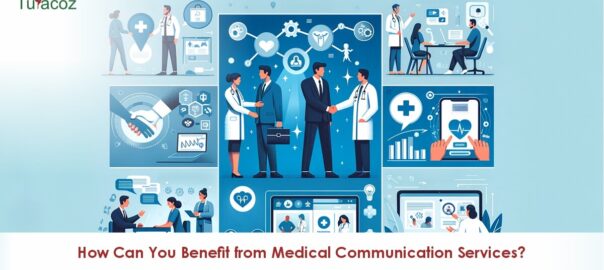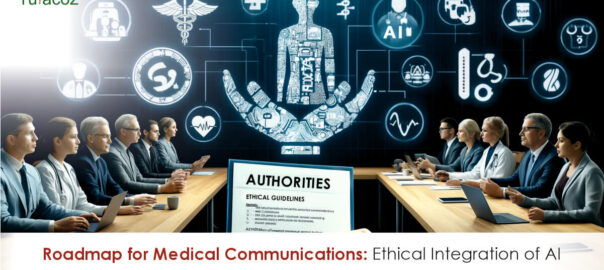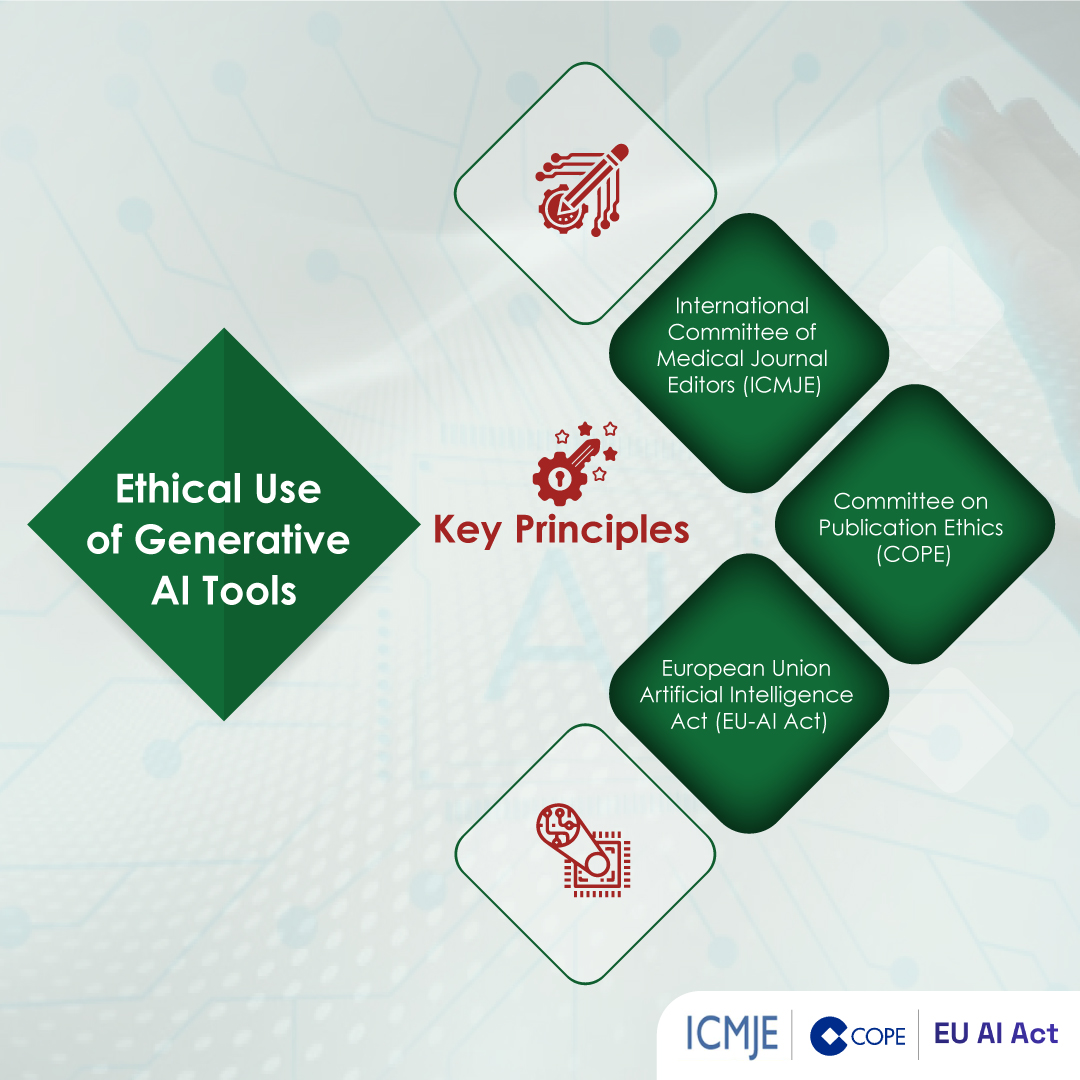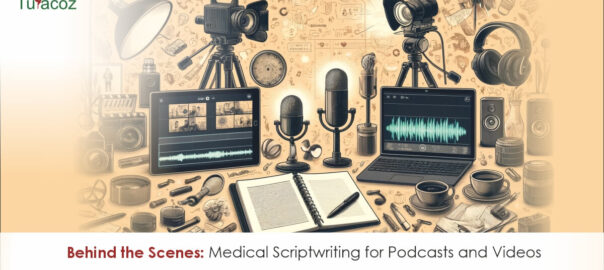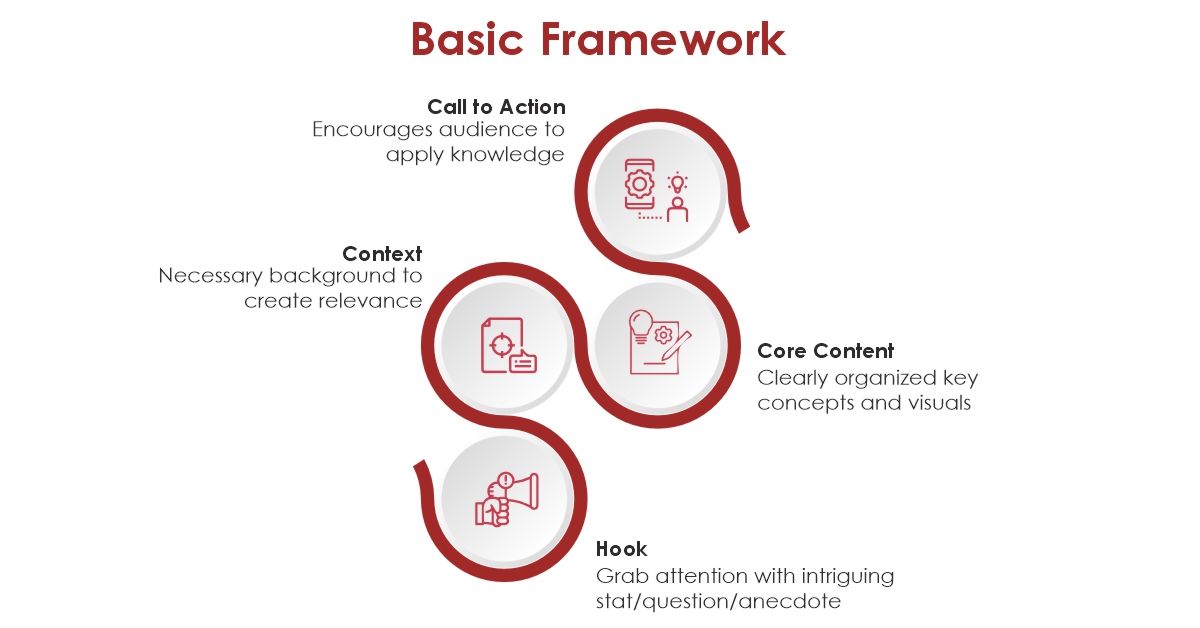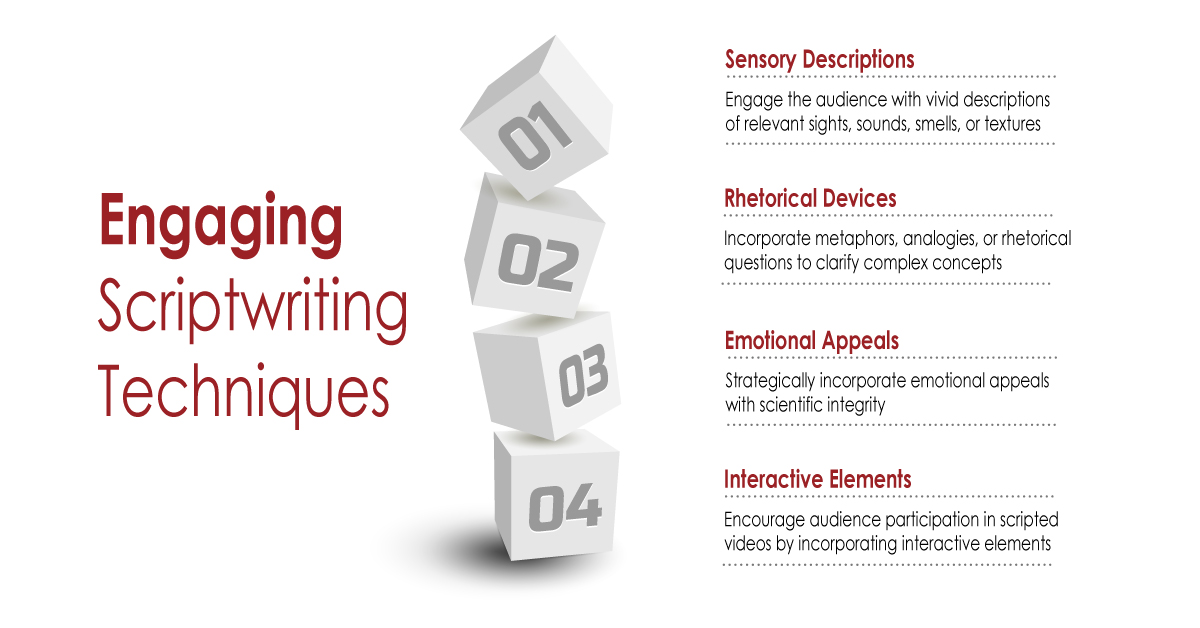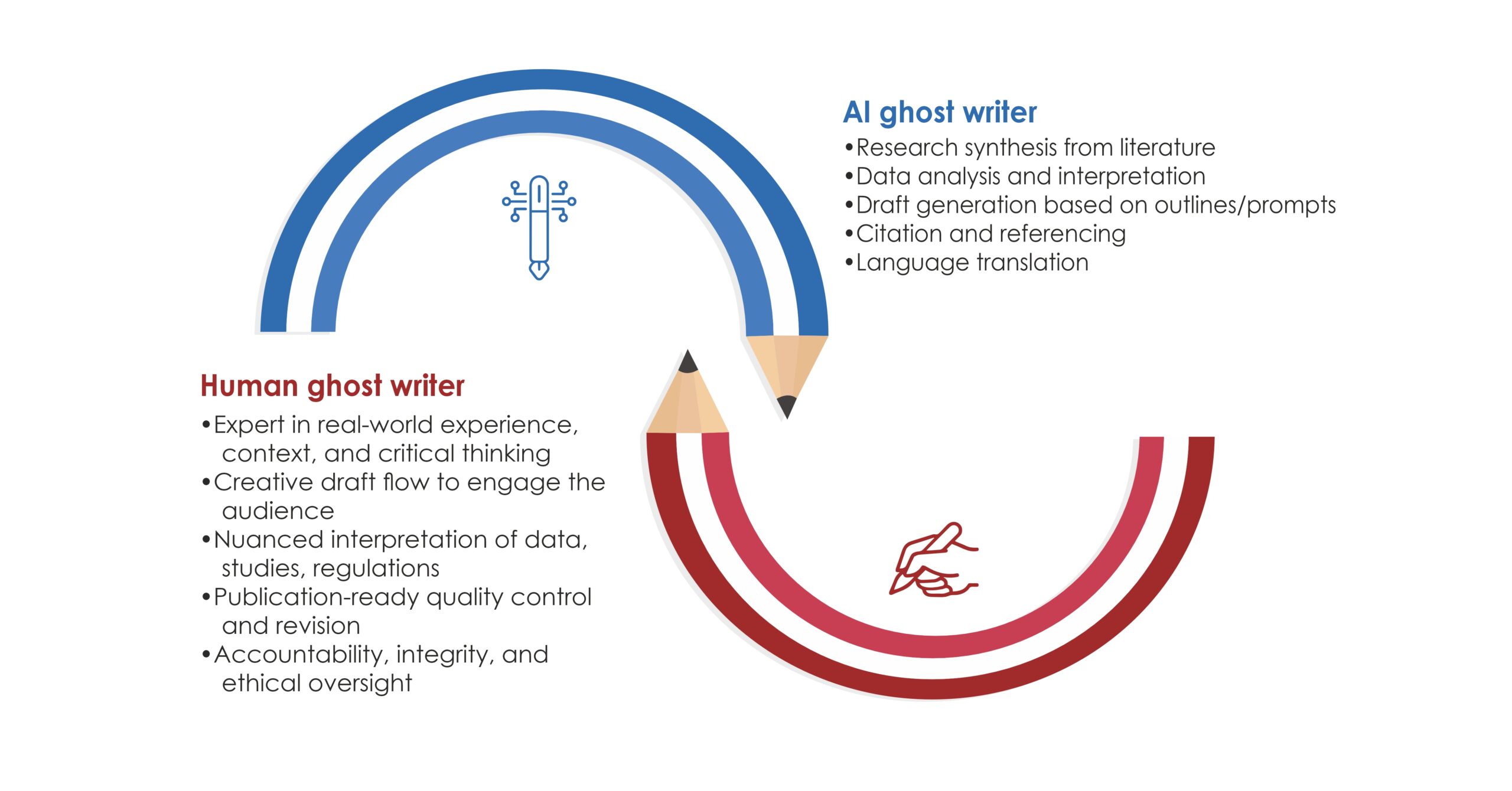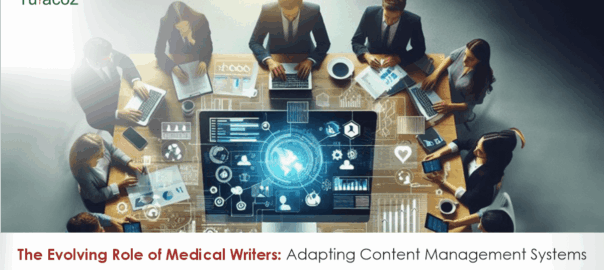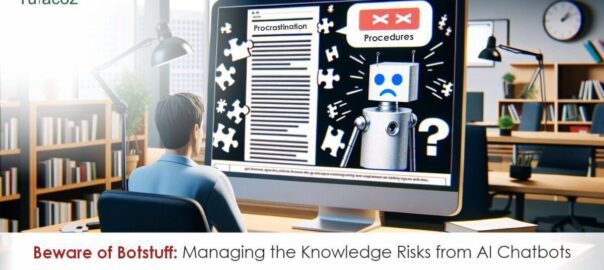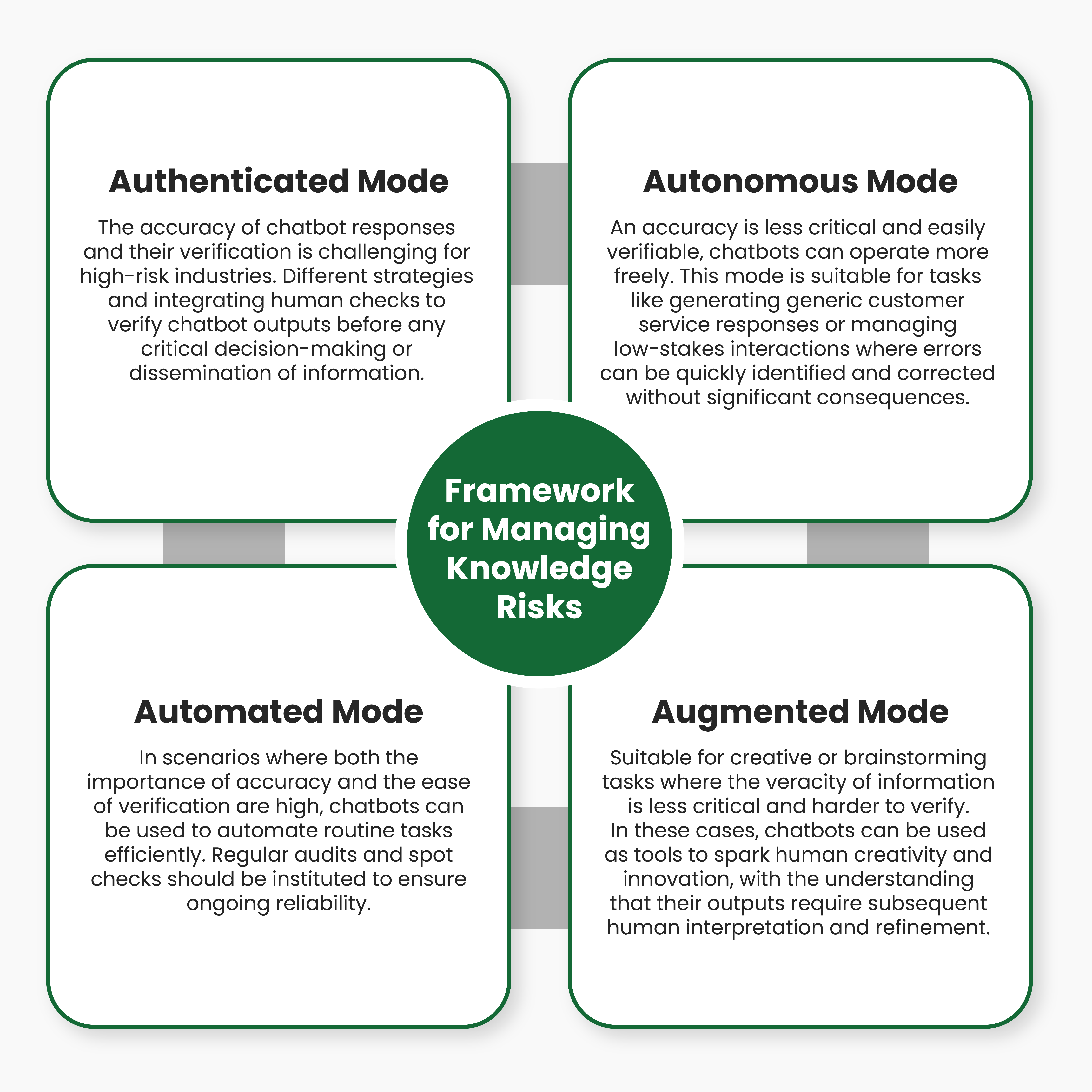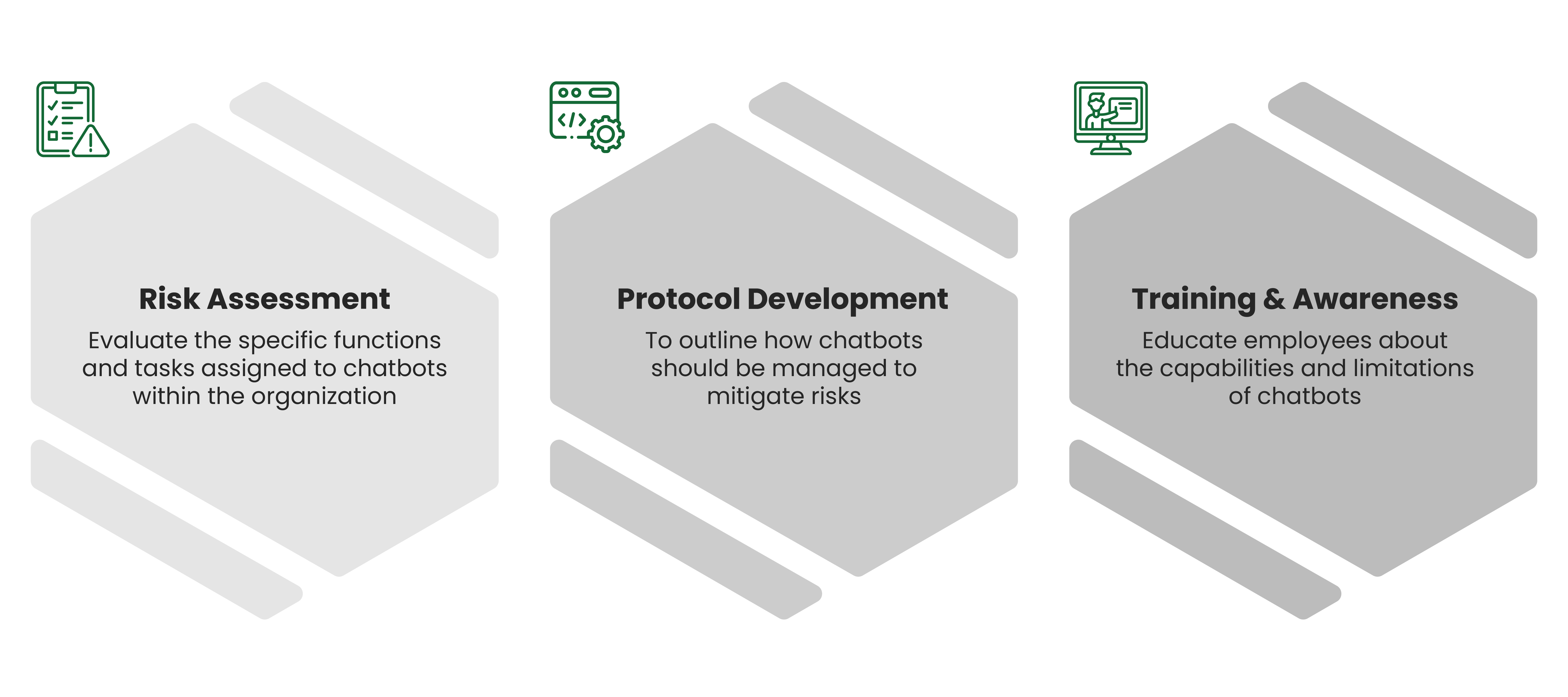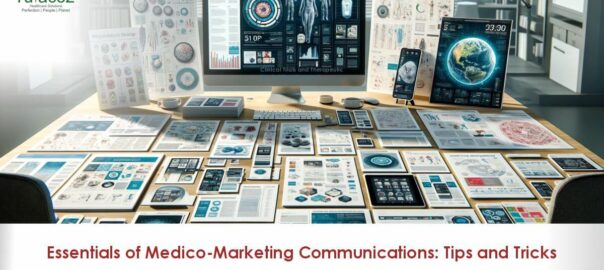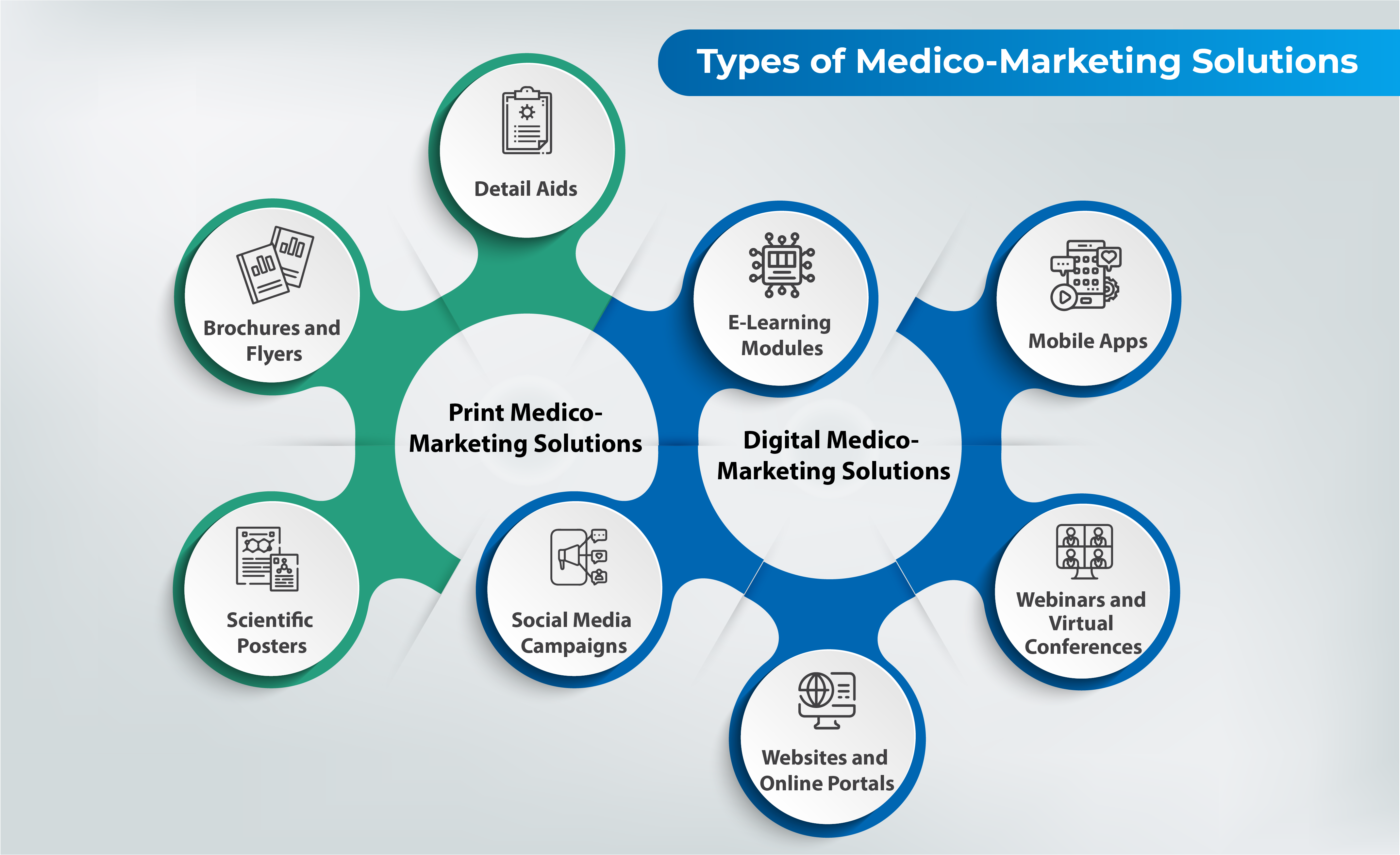In healthcare, staying up-to-date with the latest research, guidelines, and clinical studies is crucial for medical professionals. However, the sheer volume of published literature can be overwhelming. This is where AI-assisted summarization steps in, offering a solution that can revolutionize medical writing and information consumption. By distilling vast amounts of text into concise, meaningful summaries, AI tools enhance healthcare providers’ productivity, decision-making, and knowledge acquisition.
Information Overload
The medical field generates an enormous amount of data daily. The influx of information is relentless, from research papers and clinical trial results to guidelines and case reports. For medical professionals, keeping abreast of these developments is essential but challenging. The traditional approach to summarizing and reviewing literature is time-consuming and not scalable, given the current pace of publication.
Efficient summarization tools can help mitigate this issue by extracting key points and presenting them in a digestible format. This also ensures that healthcare providers can access and utilize the most relevant and up-to-date information in their practice.
The Evolution
Summarization has traditionally been a manual process, reliant on individuals’ expertise to identify and condense the main ideas of a text. While effective, this method is labour-intensive and prone to human error. The advent of AI has introduced significant advancements in this field, leveraging natural language processing (NLP) and machine learning to automate and enhance the summarization process.
- Extractive vs. Abstractive Summarization
AI summarization techniques can be broadly categorized into
- Extractive method: Extractive summarization involves selecting key sentences or phrases directly from the original text. This relatively straightforward method ensures accuracy by preserving the original wording and context.
- Abstractive methods: Abstractive summarization generates new sentences that convey the core ideas of the text. This more complex approach aims to create more coherent and readable summaries, akin to how a human might summarize a document.
Both methods have their place in medical writing. Extractive summarization is helpful for quickly highlighting important points, while abstractive summarization can provide more comprehensive and understandable summaries of complex medical literature.
- Advances in NLP and Machine Learning
The development of sophisticated NLP models has been transformative for AI summarization. Early models, such as Latent Semantic Analysis (LSA) and TextRank, laid the groundwork for extractive summarization. However, the real breakthrough came with the introduction of neural networks and deep learning.
Models like BERT (Bidirectional Encoder Representations from Transformers) and GPT (Generative Pre-trained Transformer) have significantly improved extractive and abstractive summarization quality. These models are pre-trained on vast datasets and can understand text context, semantics, and nuances, enabling them to generate more accurate and coherent summaries.
Read More:- How Can You Benefit from Medical Communication services?
Applications of AI Summarization
The applications of AI-assisted summarization in medical writing are vast and varied, impacting numerous aspects of healthcare and research.
- Research and Literature Reviews: Researchers and clinicians often need to review extensive literature to stay informed about the latest findings in their fields. AI summarization tools can condense research papers, articles, and case reports into summaries, highlighting the most critical findings and contributions. This allows scholars to quickly identify relevant works and focus on in-depth reading when necessary.
- Clinical Guidelines and Protocols: Medical guidelines and protocols are critical for ensuring standardized and evidence-based care. However, these documents can be lengthy and complex. AI summarization can extract critical recommendations and best practices, making it easier for healthcare providers to access and implement guidelines in their practice.
- Continuing Medical Education (CME): CME is essential for healthcare professionals to maintain their knowledge and skills. AI summarization tools can streamline the process by providing concise summaries of educational materials, research updates, and clinical guidelines. This enables medical professionals to stay current with less time investment.
- Patient Education: For effective communication, AI summarization can help create clear and concise educational materials for patients, summarizing complex medical information into understandable language. This enhances patient engagement and empowerment.
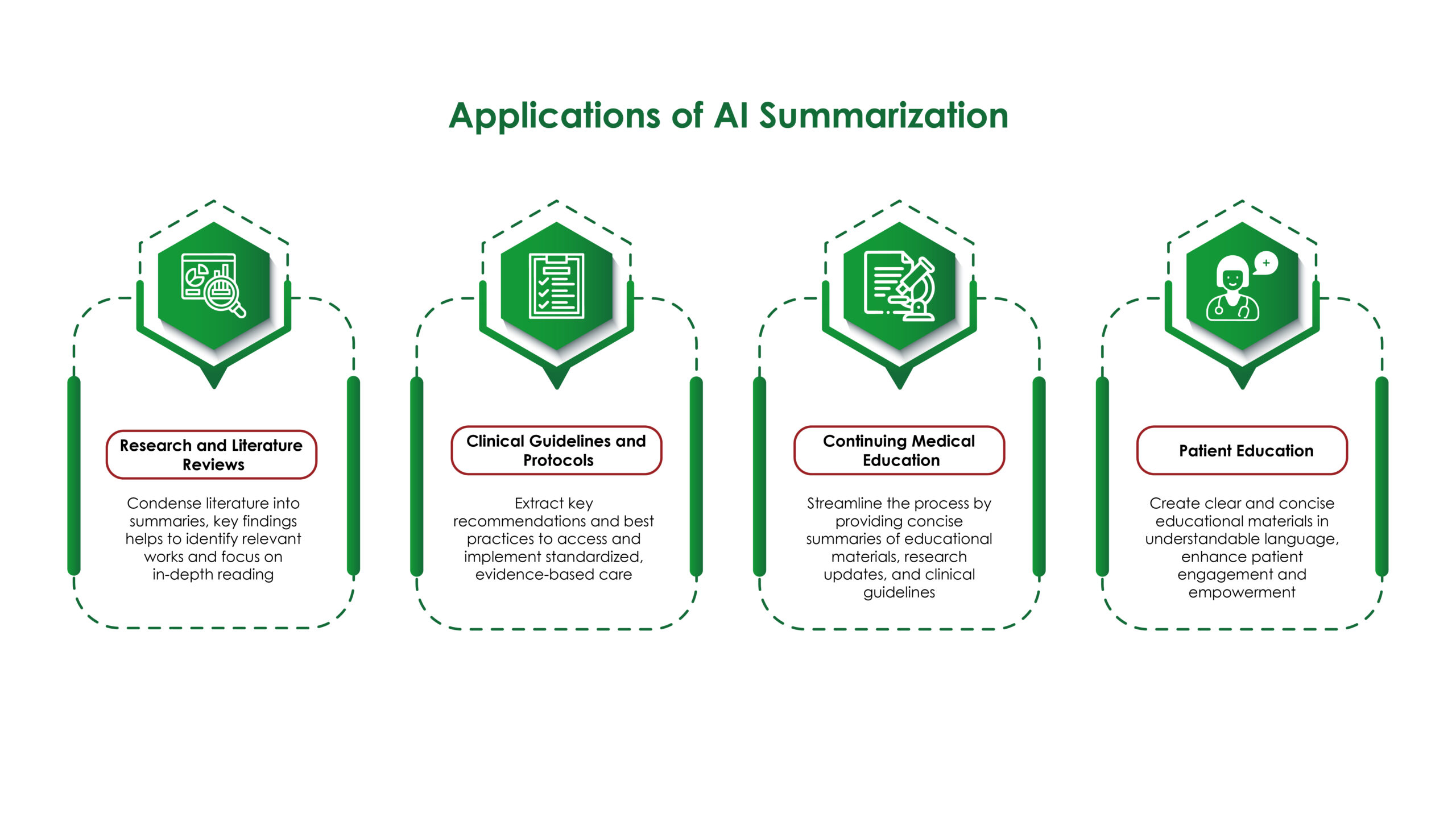
Challenges and Limitations
While AI-assisted summarization offers numerous benefits, it is not without challenges and limitations. Understanding these limitations is crucial for setting realistic expectations and technology.
- Quality and Accuracy: Ensuring the quality and accuracy of summaries is a primary challenge. While advanced models like BERT and GPT have made significant strides, they are not infallible. AI-generated summaries can sometimes miss critical details, misinterpret context, or lack coherence. Continuous improvement in NLP models and training data is essential to enhance accuracy.
- Handling Ambiguity and Nuance: Medical language is often technical and nuanced. AI models may struggle to grasp subtle meanings, medical jargon, or context-specific terminology, leading to either too simplistic or inaccurate summaries. Addressing these nuances requires ongoing refinement of NLP algorithms and models.
- Ethical Considerations: The potential for biased summaries, data privacy concerns, and the need for transparency in AI decision-making are important issues. Developers must ensure that summarization models are trained on diverse datasets and that their use adheres to ethical guidelines.
- Dependence on Data Quality: The effectiveness of AI summarization heavily depends on the training data quality. Poor-quality or biased data can lead to inaccurate summaries. Ensuring diverse and high-quality training datasets is crucial for developing reliable AI summarization tools.
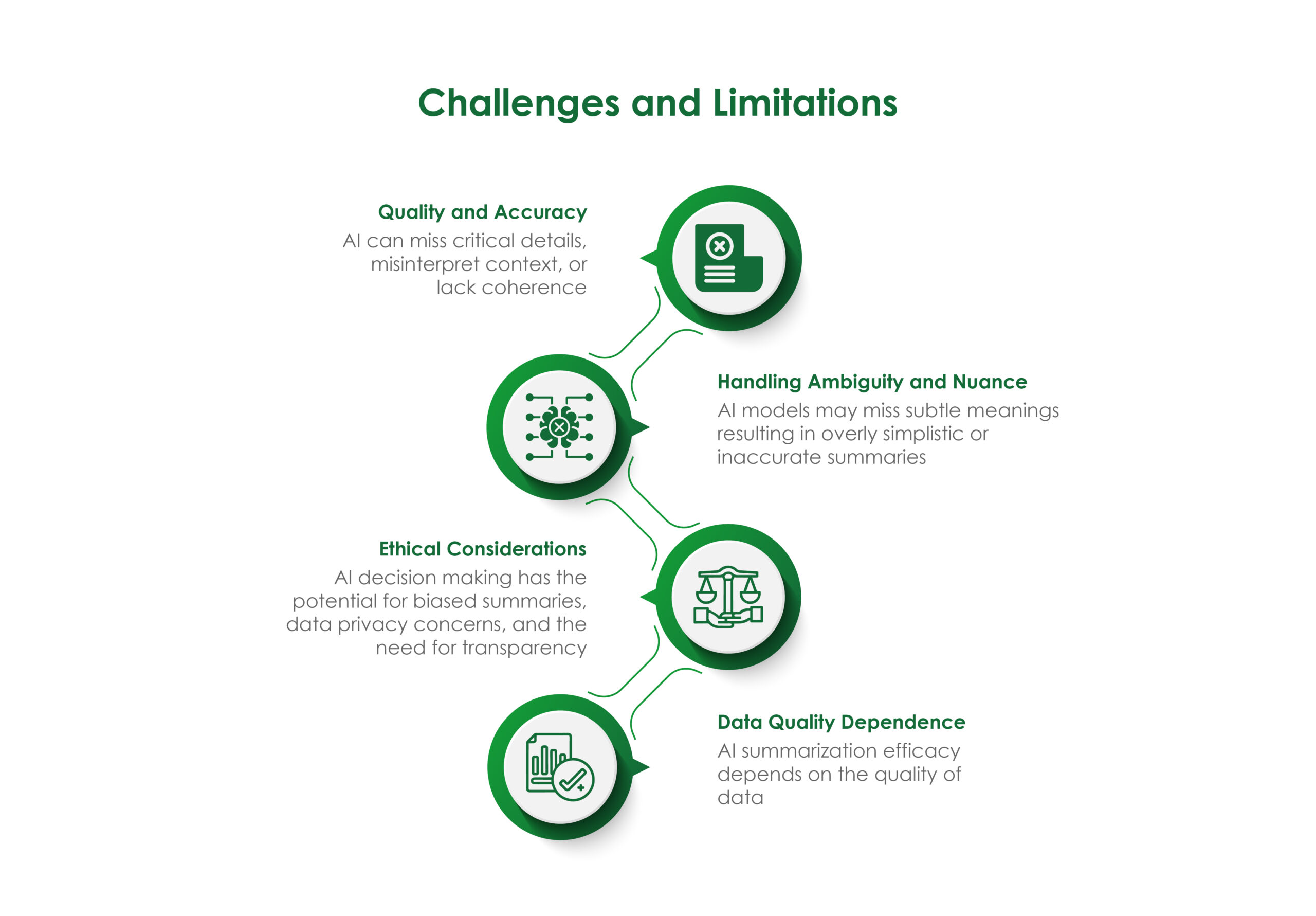
Is AI Summarisation Ethically Correct?
The ethical correctness of AI summarization is a subject of ongoing debate. While some argue that AI summarization tools can aid in paraphrasing content effectively and efficiently, others raise concerns about potential issues related to originality and attribution of ideas. It’s essential to consider both the benefits and ethical implications of using AI summarization tools and to ensure that their use aligns with principles of academic and professional integrity.
In this respect, when considering the use of AI-summarized content in manuscripts or publications, it is crucial to address specific ethical and practical concerns. Transparency about the use of AI summarization tools is essential, along with proper attribution to the original sources of the summarized content. Additionally, verifying the accuracy and completeness of AI-generated summaries is necessary to avoid the dissemination of errors or oversimplified information in published work. By adhering to these principles, the use of AI summarization tools can be ethically integrated into academic and professional writing.
The Future of AI Summarization
The future of AI-assisted summarization in medical writing is promising, with ongoing advancements in NLP and machine learning poised to address current limitations and unlock new possibilities.
- Integration with Other AI Technologies: AI summarization to become more integrated with other AI technologies, such as machine translation, sentiment analysis, and voice recognition. This integration enables more comprehensive and versatile tools to summarize content across different languages and formats.
- Personalized Summarization: AI tools can generate tailored summaries that cater to individual needs by understanding user preferences and reading habits. This will enhance user experience and make information consumption more efficient.
- Real-Time Summarization: AI tools can generate summaries on the fly, providing instant insights during medical conferences, seminars, and live events. This will facilitate better decision-making and information sharing in dynamic environments.
- Enhanced User Interaction: The interaction capability allows users to customize and refine summaries. By incorporating user feedback, these tools can improve over time, delivering more accurate and relevant summaries.
Expansion to New Domains
AI summarization will continue expanding into new healthcare domains, from patient records and clinical trial data to telemedicine and healthcare administration. As the technology matures, its applications will become more diverse, offering benefits across various medical fields.
AI-assisted literary exploration through efficient summarization is ushering in a new era for medical writing. By distilling vast amounts of text into concise, meaningful summaries, AI tools enhance healthcare providers’ productivity, decision-making, and knowledge acquisition. While challenges remain, ongoing advancements in NLP and machine learning promise a future where AI summarization becomes an indispensable tool for navigating the complexities of medical literature.
As we embrace this technological evolution, that we remain mindful of ethical considerations and strive for continuous improvement. By doing so, we can harness the full potential of AI summarization, transforming the way we interact with medical information and ultimately improving patient care.


